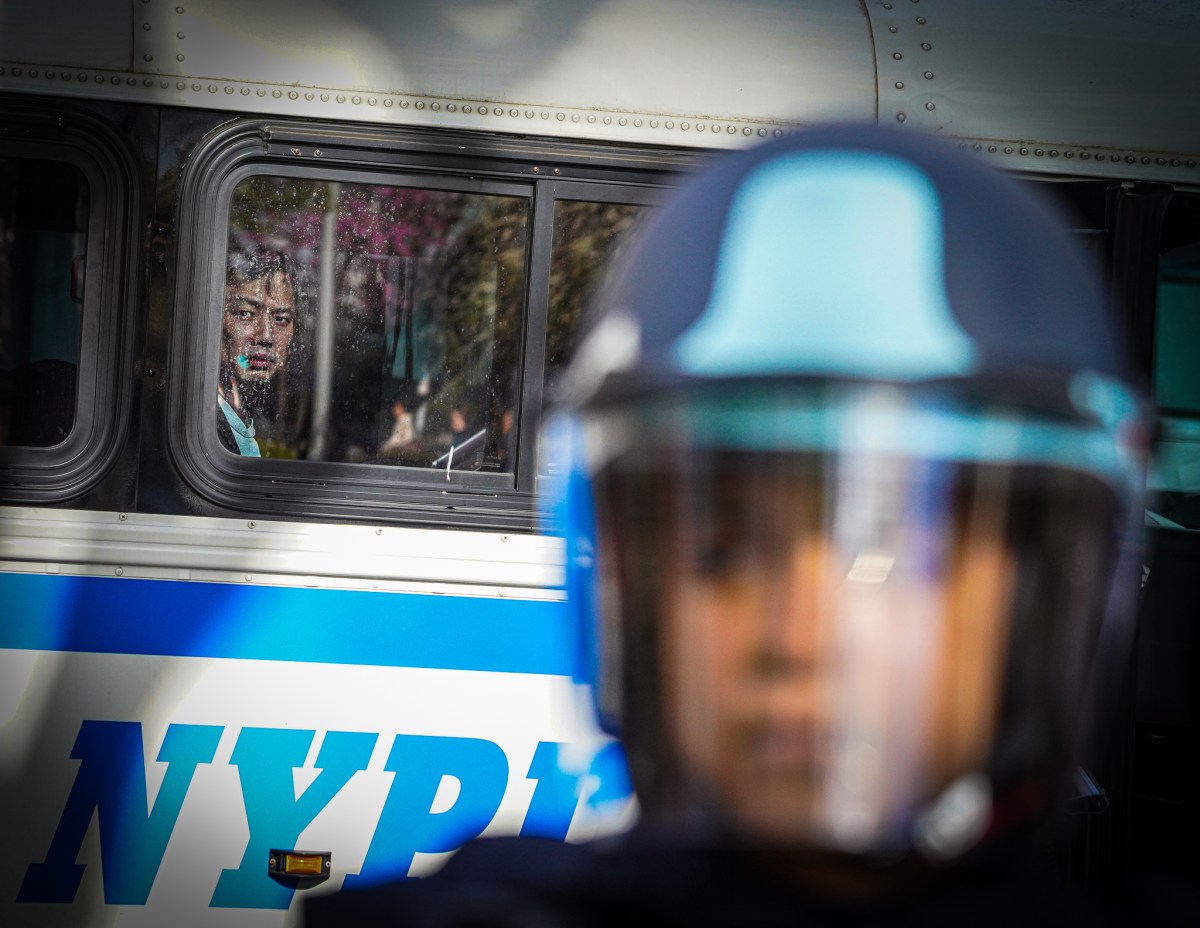He used to work in a food-packaging factory, but now 44-year-old Nidar Singh Nihang, from Wolverhampton, England, has an arguably more eyebrow-raising lifestyle.
Nihang is a full-time practitioner of the ancient Sikh martial art of shastar vidiya (“science of weapons”) and claims to be the last surviving master of this warrior culture.
Developed by the Sikh community in the 17th century, shastar vidiya, as a combat battlefield martial art, came under attack from hostile Muslims and Hindus.
The British armies forced Sikhs to give up arms in the 19th century, forcing the martial art underground. But the ancient tradition was kept alive by people passing it on from one generation to the next.
Nihang, a father of four, is now on an urgent quest to find a successor; he does so by scouring the hillsides of northern India and Pakistan. Nihang also holds classes three days a week to any enthusiasts who wish to learn the ancient martial tradition — that includes learning about unarmed combat and how to use daggers, swords and spears.
“In the students I do look for physicality, but at the same time shastar vidya is a conceptual art, an intellectual art,” Nihang tells Metro. As part of his daily routine, Nihang recites ancient mantras and reads ancient Vedic texts.
In fact, according to Nihang, you have to teach “classical Indian music, medicine or history” while practicing as a master of shastar vidiya.
Studying the ancient ‘science of weapons’
london. According to Nihang, the martial art is based on a five-pronged movement. “You advance on the enemy with a low center of gravity, hit their periphery, deflect any of their blows, establish a superior tactical position and cut him down,” he says.
“This is a very quick, efficient and subtle means of attack,” he adds.
Another important aspect of the art is the ornate costumes. Nihang says in a practical sense, dark blue is the best color of clothing: “It’s great for camouflage at night and good for concealing blood wounds — they’ll look like sweat.
“Turbans, rather than helmets, are preferable in the heat of the sun. Otherwise, your brains would cook!” he exclaims.
Real weapons are also a part of shastar vidiya.
“Most of our weapons are antiques, from as far back as the 16th century — they’ve all been passed down through various families,” Nihang says.
“The weapons are not garishly gold and silver — they are practical and real battlefield weapons.”
“But I have never known any serious injuries, because we take more care with our very sharp weapons,” he adds.

















